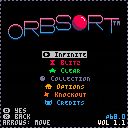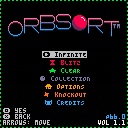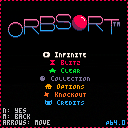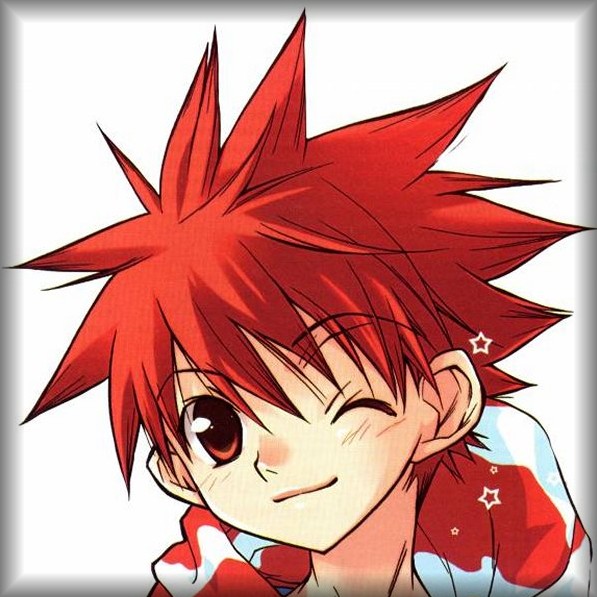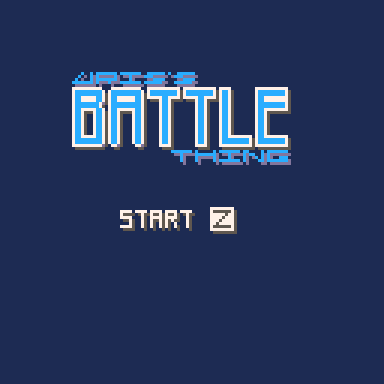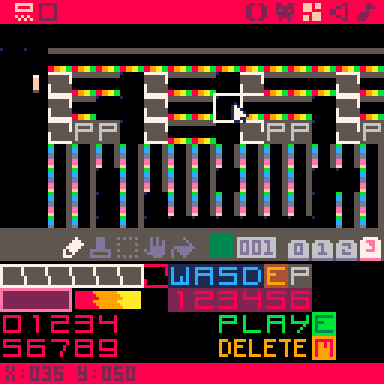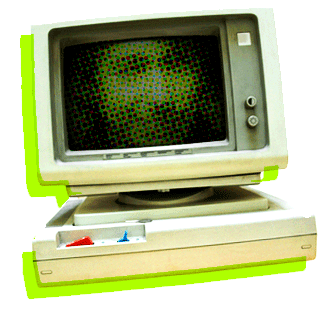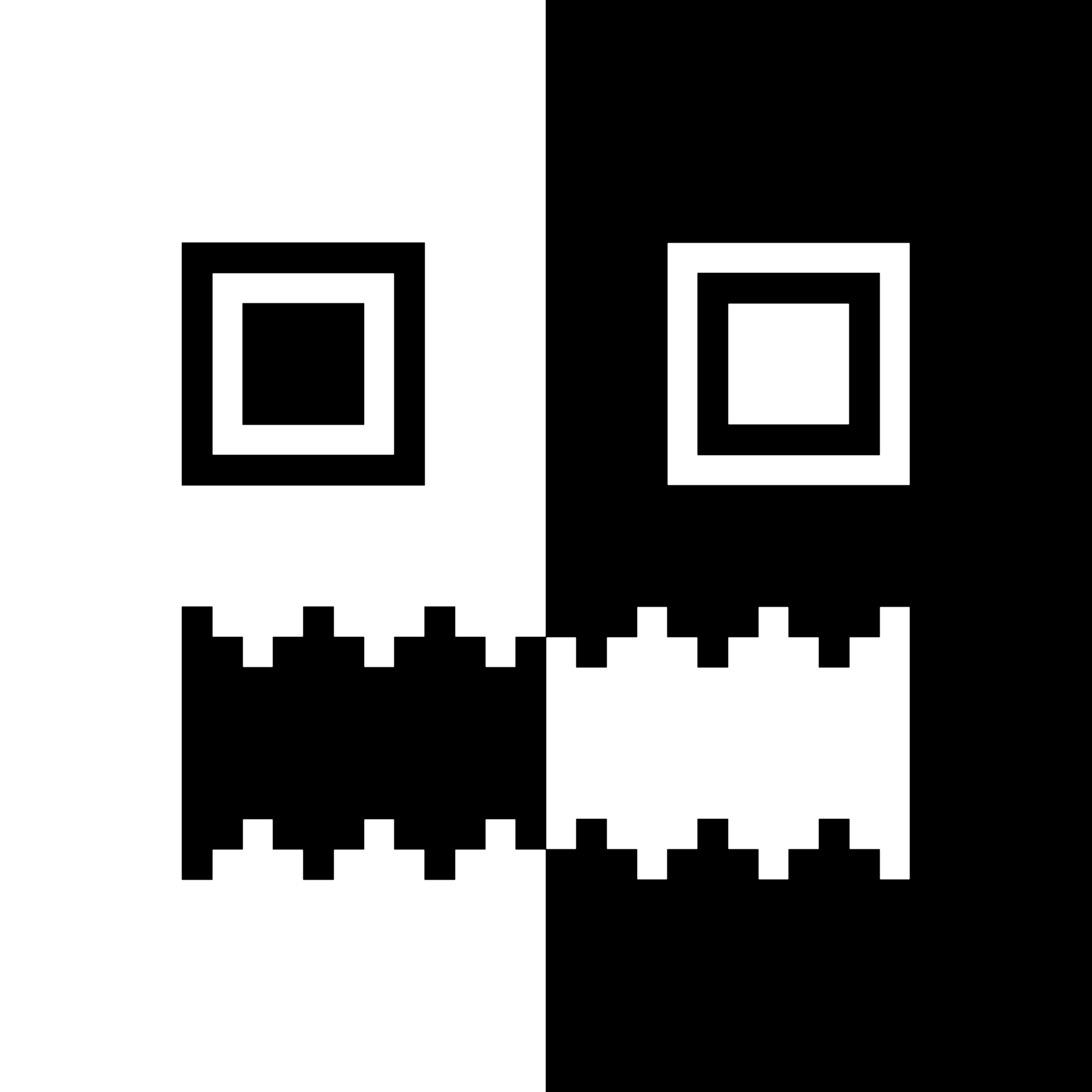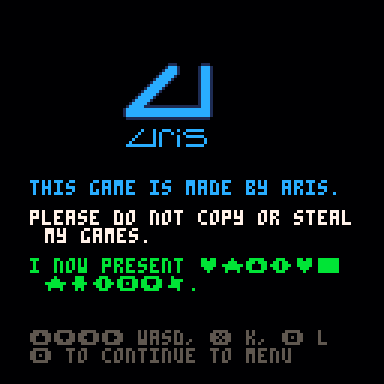Maturity is nice, isn't it.
Weirdo YouTuber Wish Volo. Please subscribe. Please. Do it.
If I treat you with any brutal criticism (which, I try to keep reasonable, so sorry if I make a mistake): You're the one who's making the game. There might be a reason behind everything. Opinions are opinions.
Ultimately, it's your choice. PLEASE disregard me, if you want.
if there's something I forgot, let me know
No, you probably won't know what I forgot, but if something messes up, or something's really weird and confusing, let me know.
Cartridge
Code licensed under CC BY 4.0. Yeah, that's right, steal the freaking code!!!!!
About - MCT, Map Command Tool
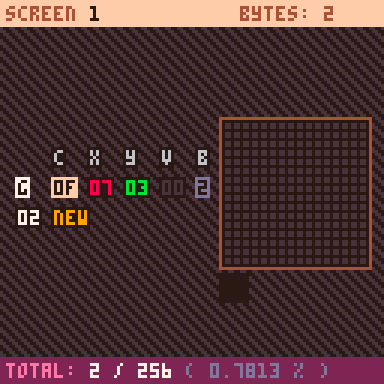
This is a cartridge that can help fit large maps in an extremely small space via the use of two byte commands that fill in or remove large sections at a time.
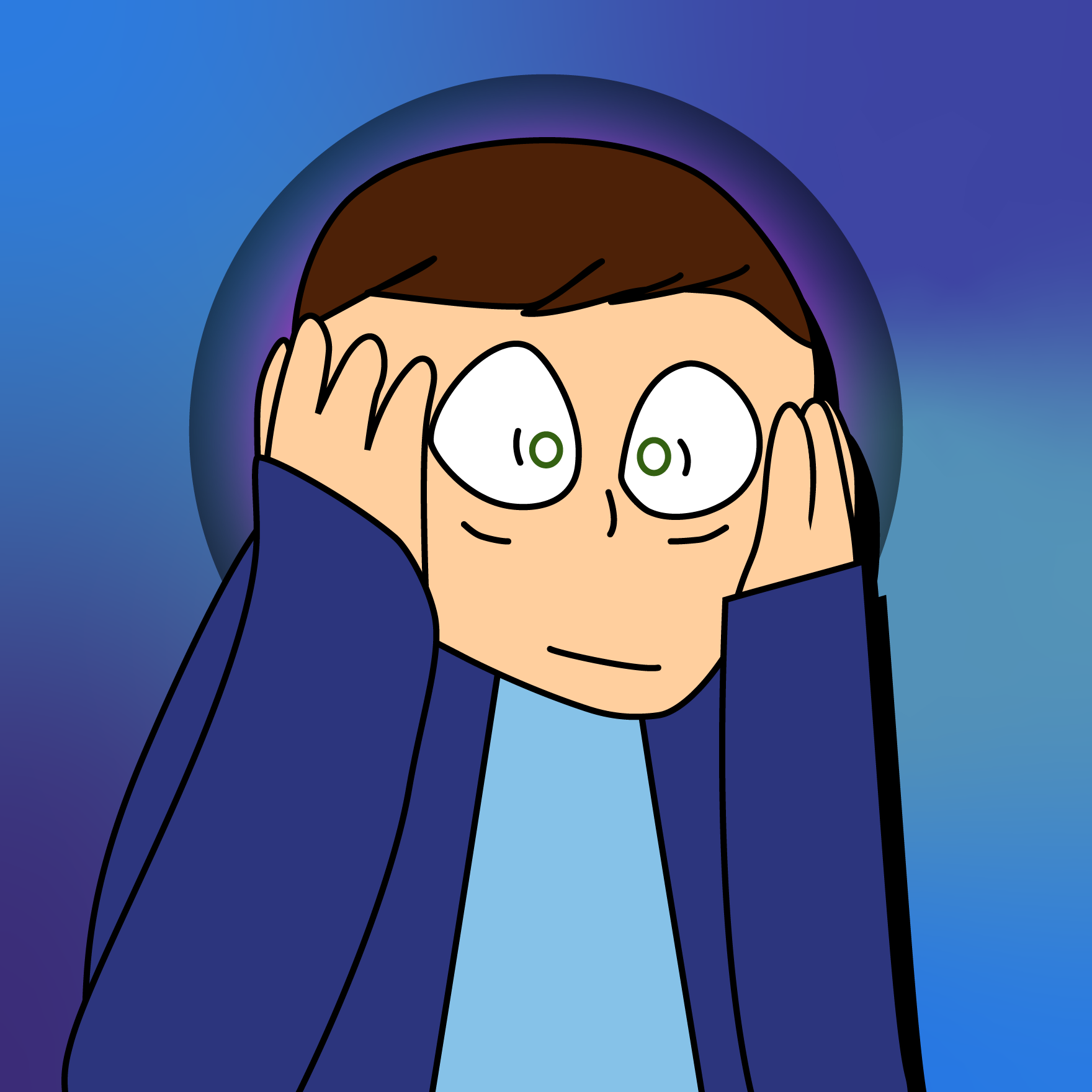
I found a minor (except that to me it's kinda major) bug concerning puny font.
It seems to only affect PICO-8 when loading or reloading - whenever I save in an external source and reload, or when I boot up the console, all the puny font disappears.

EDIT: Never mind, turns out it was that _ENV thing. Thanks zep lexaloffle!
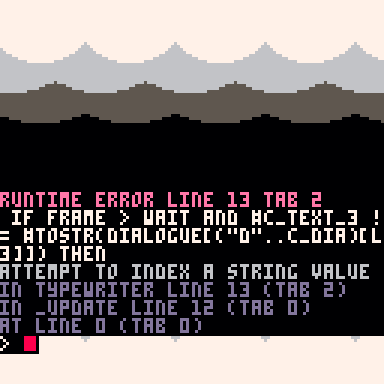
What I'm trying to do is make a typewriter script, but when checking to see that the third line has less characters than the dialogue, I keep running into the same odd error. Is this not a string?
-- typewriter
dialogue = {d1={
l1="qwertyuiop",
l2="asdfghjkl",
l3="zxcvbnm"}}
c_text_1 = "."
c_text_2 = "."
c_text_3 = "."
c_dia = 1
function typewriter(string,wait)
if frame > wait and #c_text_3 != #tostr(dialogue[("d"..c_dia)[l3]]) then
sfx(0)
frame = 0
end
end |


In ROBLOX I am also learning how to code, but one thing stands out that I feel should be necessary.
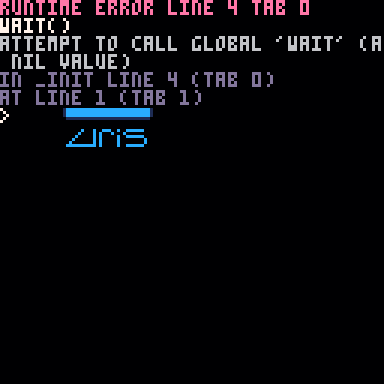
What is supposed to happen is that it runs:
function _init() cls() spr(192,20,20,4,4) wait(3) end |
But it errors with
"Runtime error line 4 tab 0
wait(3)
Attempt to call global 'wait' (a nil value)
In _init line 4 (tab 0)
At line 1 (tab 1)"
Is there a way to make the program wait a few seconds without taking too much space?
Thanks :)
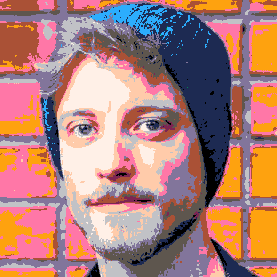

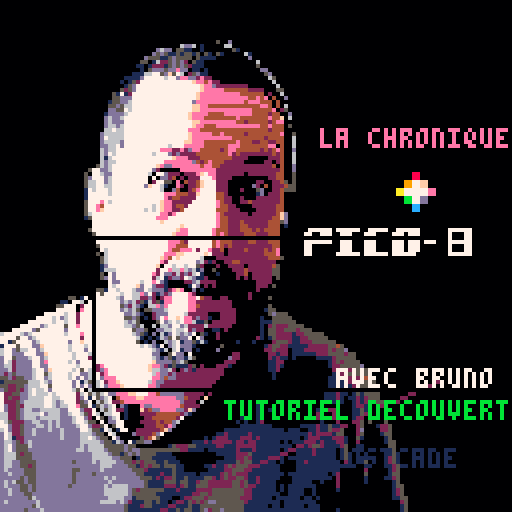







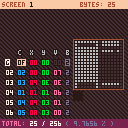
 1 comment
1 comment
